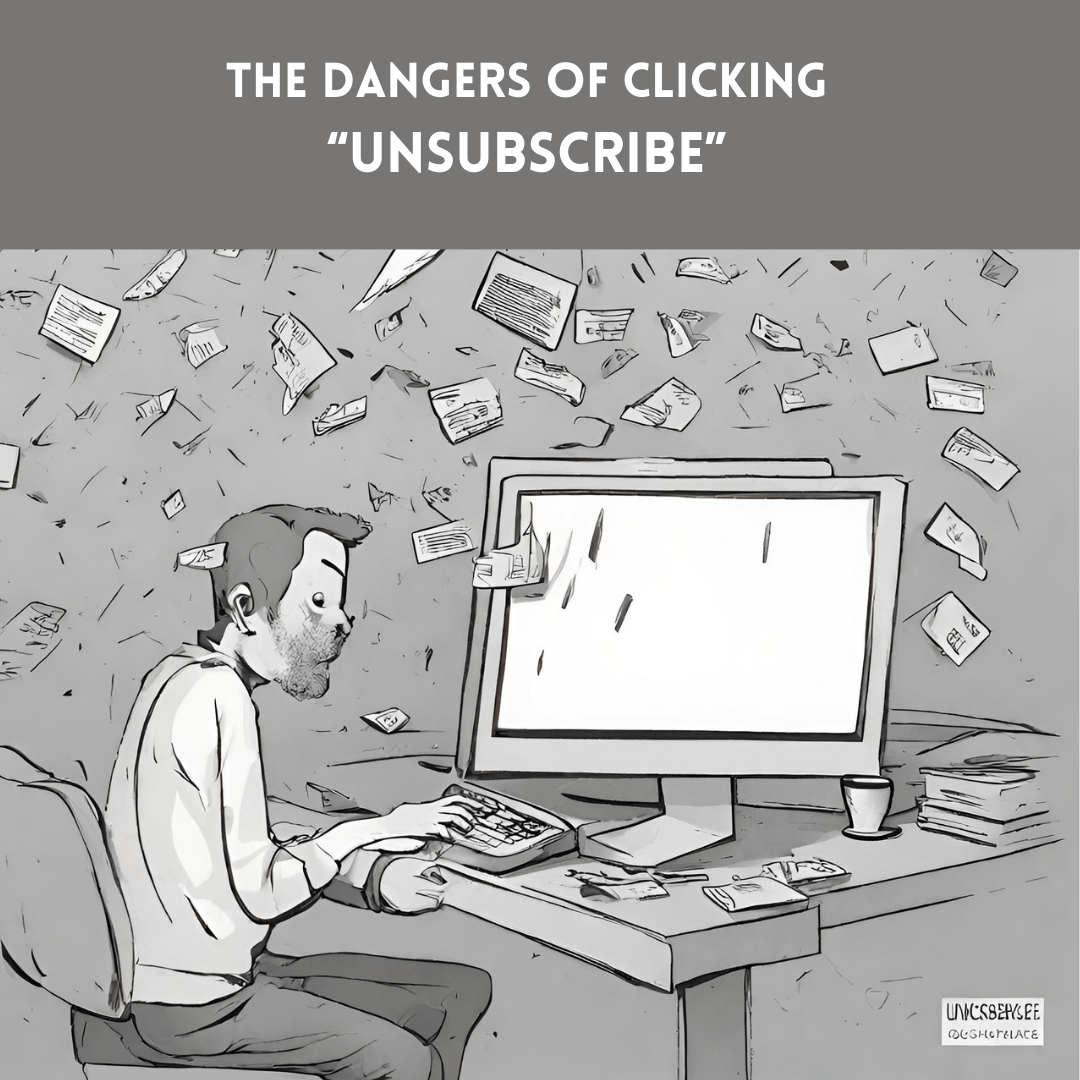In today’s digital age, managing email subscriptions has become a routine task for many internet users. Overwhelmed by a flood of promotional emails, newsletters, and marketing campaigns, individuals often resort to clicking the “UNSUBSCRIBE” button as a quick solution to declutter their inboxes. However, while seemingly harmless, this action can sometimes lead to unforeseen consequences and potential security risks. The Dangers of Clicking “UNSUBSCRIBE” on Emails.

One of the primary dangers of clicking “UNSUBSCRIBE” lies in the proliferation of phishing scams and malicious emails. Cybercriminals often exploit unsubscribe links as a means to trick users into revealing sensitive information or installing malware onto their devices. By clicking on these links, unsuspecting users inadvertently confirm the validity of their email addresses to malicious actors, making them vulnerable to future attacks such as identity theft or financial fraud.
Moreover, legitimate companies may inadvertently expose users to security risks through poorly implemented unsubscribe mechanisms. In some cases, clicking on an unsubscribe link may redirect users to suspicious websites or prompt them to enter personal information, thereby putting their privacy at risk. Additionally, unsubscribing from certain mailing lists may inadvertently result in the disclosure of personal data to third parties, especially if the unsubscribe process involves sharing user information with external marketing partners.
Furthermore, the act of unsubscribing itself may not always guarantee relief from unwanted emails. Some unscrupulous senders may ignore unsubscribe requests or continue to send messages despite opt-out requests, thereby perpetuating the nuisance and potentially violating email regulations such as the CAN-SPAM Act in the United States. In such instances, users may find themselves trapped in a cycle of futile attempts to escape unwanted communications, further exacerbating their frustration and privacy concerns.
To mitigate the risks associated with unsubscribing from emails, users should exercise caution and follow best practices:
- Verify the legitimacy of emails before clicking on any links, especially unsubscribe links. Look for telltale signs of phishing, such as generic greetings, misspellings, or suspicious sender addresses.
- Use reputable email filtering and anti-phishing tools to identify and block malicious emails automatically.
- Consider using disposable or alternate email addresses for subscribing to newsletters or participating in online promotions to minimize the risk of exposure to spam and phishing attempts.
- When unsubscribing from emails, prefer direct methods such as accessing the sender’s website or contacting customer support directly rather than clicking on links in the email.
- Regularly review and update email preferences to manage subscriptions effectively and reduce the likelihood of receiving unwanted communications.
By staying vigilant and adopting proactive measures, users can safeguard themselves against the potential dangers of clicking “UNSUBSCRIBE” and maintain control over their email inboxes in an increasingly interconnected digital landscape.
Learn more about accounts receivable factoring
